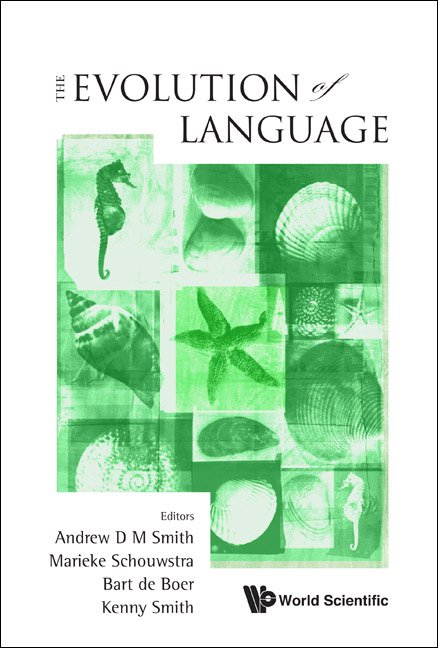SYMMETRICAL ARTEFACTS, INTERNAL REWARD AND LANGUAGE PRECURSORS IN THE HEAD
Present-day people derive pleasure from rhymes, rhythms and repetitive visual patterns, that is, from instances of similarity. Similarity is the basis for grouping items into categories and so setting up abstract general concepts such as ripeness or weight. In present times, such grouping by similarity is a source of pleasure; the current plethora of concepts and words denoting them derives partly from pleasure in forming them. Then the question arises: how far back in prehistory has this pleasure been a motivation? Both beads and handaxes suggest by their symmetry that hominins may have derived this pleasure-in-the-head or internal reward as far back as Acheulian time: at this time, the motivation to construct abstract general concepts and thus expand language may have already been present. The timing is open to question but the pattern of inference connecting symmetry to language is particularly direct.



